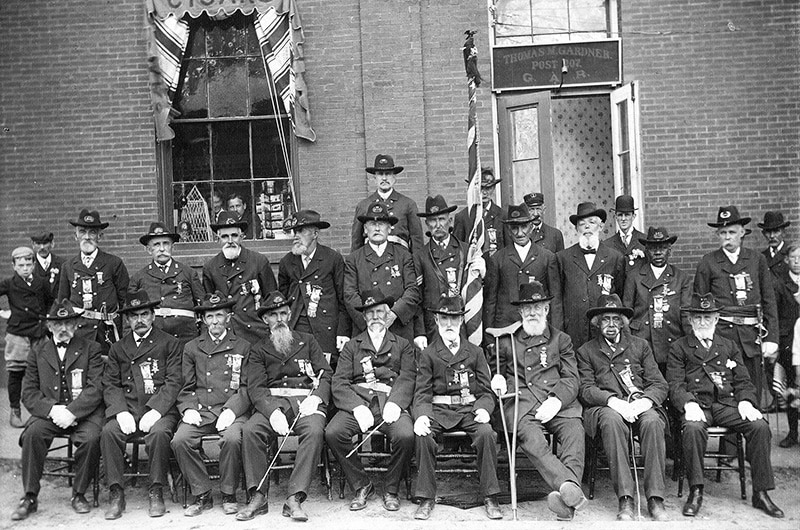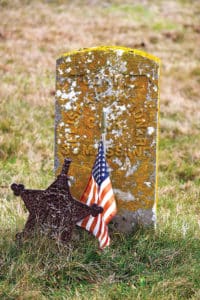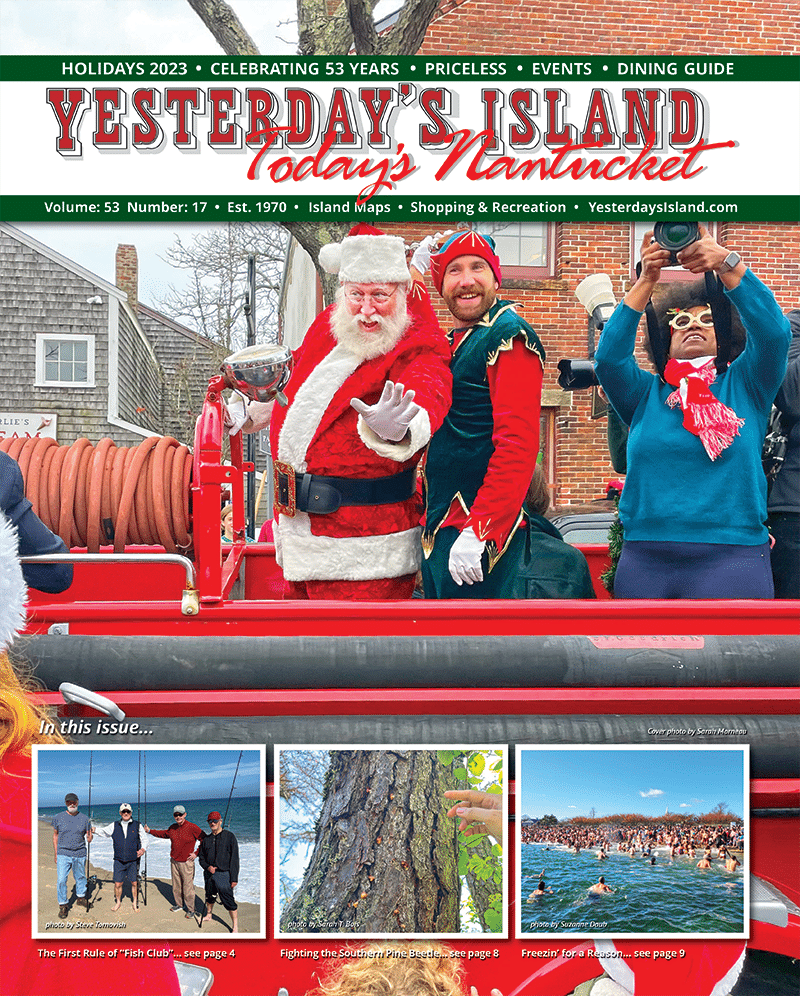~ by Amy Jenness ~
In the days following the Confederate Army’s attack and capture of North Carolina’s Fort Sumter in 1861, island residents worried that the South would also target Nantucket. In April a voluntary group of men called the “Island Guards” met at Mill Hill each day to march and physically condition themselves for combat. At a special town meeting that same month, Nantucket voters agreed to arm the men and approved $5,000 for 100 muskets, two bronze cannons, and ammunition.

The attack on Fort Sumter ignited the U.S. Civil War, and by May it was clear the Confederates had their hands full fighting in the South so Nantucket could rest a bit easier. But the Island Guards were still committed to fighting. Nantucket-born George Nelson Macy had been newly commissioned a Lieutenant in Boston and asked to return to Nantucket to recruit volunteers for the new 20th Massachusetts Regiment of Volunteers. When he arrived on island he found 21 Island Guards ready to sign up.
In all, Nantucket sent 339 men to fight in the U.S. Civil War — 213 in the Union Army and 126 in the Union Navy or Revenue Cutter Service (a precursor to the U.S. Coast Guard). They were a mix of seamen, farmers, and free African American men. A total of 80 Nantucket men would serve in the 20th Massachusetts Regiment of Volunteers alone. With so many island men fighting in one regiment, Nantucketers paid particular attention to the movements of the 20th.

In their book The Civil War: The Nantucket Experience, authors Richard E. Miller and Robert F. Mooney note that leaders in the 20th Regiment dreaded having a Nantucket man join their company. Although they were in better physical shape than their compatriots, islanders were strikingly indifferent to authority. Lieutenant Oliver Wendall Holmes is said to have complained that the Nantucket men left the drilling field without permission to visit the local tavern or swim in the Neponset River at day’s end. When Holmes reprimanded the men, they declared that a man had the right to go where ever he wanted and spend his own money when his work was done.
Perhaps their insolence could be chalked up to the island’s ignorance in the ways of the military. Nantucket was exempted from sending soldiers to fight in the American Revolution and the War of 1812 because of its deep Quaker roots: a cornerstone of that faith is a commitment to pacifism. But by 1860 Quakers no longer dominated the island’s social fabric and Nantucket contributed 57 more men to the war than was required by the government.
Once they began to fight, Nantucketers distinguished themselves on land and at sea with bravery and competence. Nantucket men fought in every major battle of the war, some served under famous Civil War leaders like General William T. Sherman and Admiral David Farragut, and there were more officers from Nantucket than from any other Massachusetts town of a similar size.
By the time the war ended in 1865, 73 island men had perished and the survivors came home to rebuild their island lives. The following year the Grand Army of The Republic formed in Illinois. The G.A.R., as it became known, was a fraternal organization whose members included those who fought in the Union Army and Navy, the Marines and Revenue Cutter Service. Nantucket veterans created what would be called the Thomas M. Gardner Post #207 in 1866. (It was originally called Post #2 and changed its name in 1892).
Nationally the G.A.R. was one of the first organized political advocacy groups. It supported the Republican Party platform and favored voting rights for black veterans, promoted patriotic education, and lobbied Congress to establish veterans’ pensions. In May of 1868 the first G.A.R. Commander-in-Chief, General John A. Logan, declared that May 30 would be called Memorial Day. His order established a Memorial Day observance that island veterans continue to this day that pays tribute to all war casualties, missing-in-action, and deceased veterans.
On Nantucket, the local post fell in line with national policy and the group organized the island’s first Memorial Day observance on May 30, 1868. The island’s Civil War veterans and townspeople gathered at the Methodist Church for a service where Arthur E. Jenks was the main speaker. One month later a group gathered at Atlantic Hall to discuss putting up a Civil War Monument. Eventually the group raised more than $30,000, and in 1874 they installed a stone obelisk on Main Street listing the names of the Nantucket men lost in the Civil War. Today the Memorial Day ceremony is a parade through town that stops at island war monuments and finishes at the cemetery.
Membership in the G.A.R. peaked in the 1890, when the organization had hundreds of posts and almost a half million members. But with each veteran’s passing, the G.A.R.’s numbers and political clout waned. James H. Wood, Sr., the last living Nantucket Civil War veteran, died in 1943, two days before his 97th birthday. Before his death he passed command of the Nantucket post to Herbert Smith, a veteran of the Spanish-American War and World War I. Nationally, the G.A.R. dissolved in 1956 after the death of the last Civil War veteran, Albert Woolson.
Smith served Nantucket for 31 years and retired in 1961. Since then local members of Veterans of Foreign Wars of the United States, organized in 1899 by Spanish-American War veterans, and the American Legion, created by Congress just after World War I in 1919, have continued the Memorial Day customs started by the G.A.R. 150 years ago.
Amy Jenness is the author of “On This Day in Nantucket History,” available in local bookstores


